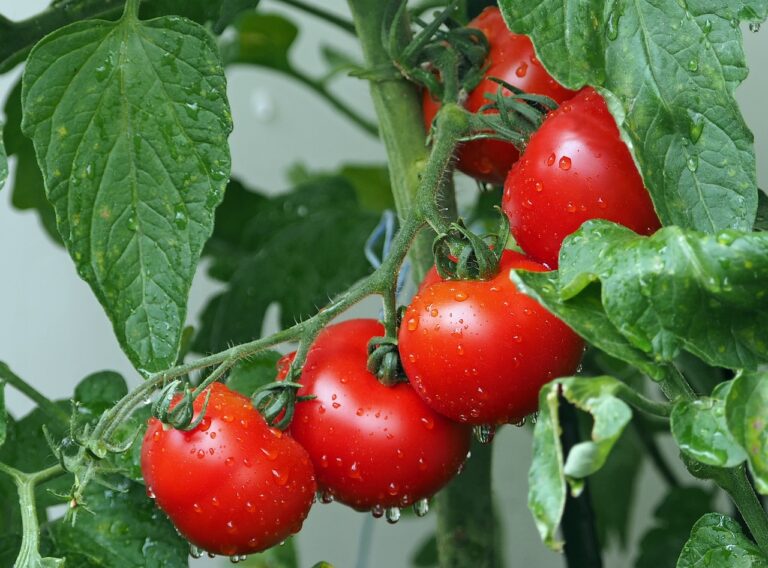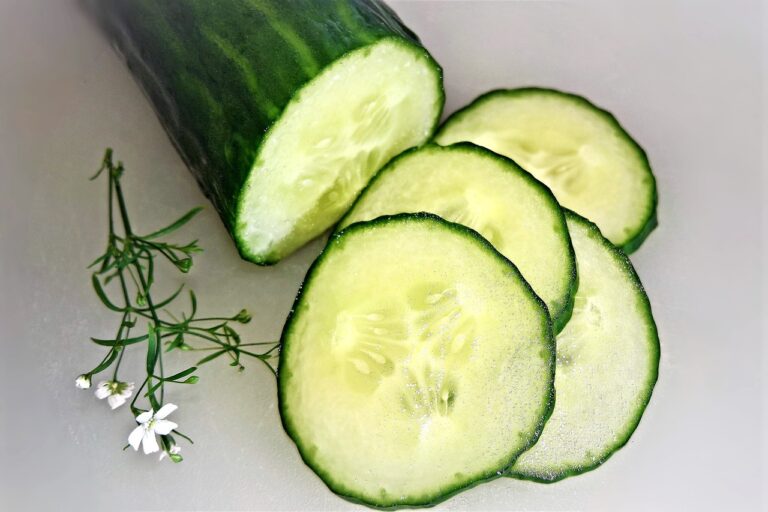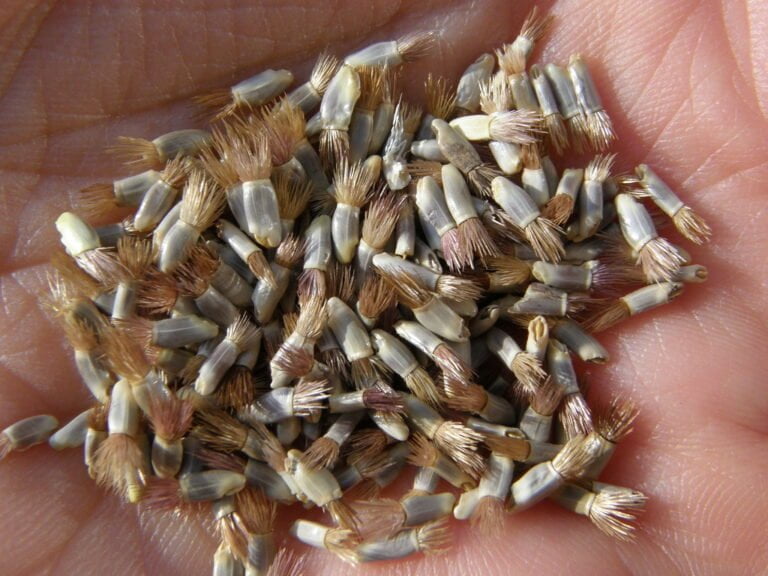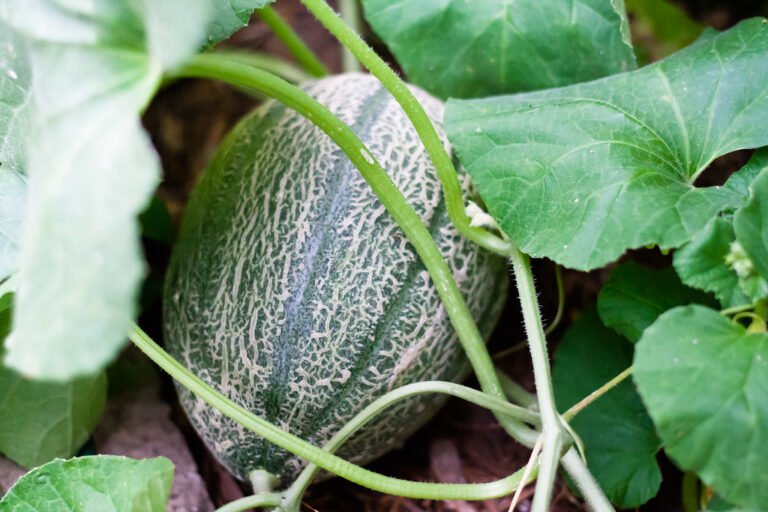Understanding the Eggplant Black Beauty Plant: A Comprehensive Guide
If you're looking to grow the delicious and versatile Eggplant Black Beauty, then you've come to the right place. This comprehensive guide will walk you through everything you need to know about planting, caring for, and harvesting this amazing plant. From choosing the right soil to managing pests and diseases, we've got you covered. Plus, we'll even share some mouthwatering recipes to try with your bountiful harvest. Get ready to become an expert in all things Eggplant Black Beauty!
Planting Eggplant Black Beauty
To successfully plant Eggplant Black Beauty, you'll need to follow these simple steps. First, choose a sunny spot in your garden that receives at least six hours of direct sunlight daily. Prepare the soil by loosening it with a garden fork and removing any weeds or debris. Dig a hole that is twice the size of the plant's root ball. Gently remove the plant from its container, being careful not to damage the roots, and place it in the hole. Backfill the hole with soil, firming it gently around the plant. Water thoroughly after planting and keep the soil consistently moist throughout the growing season. Mulching around the plant will help retain moisture and suppress weeds. Regularly fertilize with a balanced organic fertilizer to promote healthy growth. With proper care and attention, your Eggplant Black Beauty will thrive and reward you with a bountiful harvest.
Choosing the Right Soil for Eggplant
When choosing the right soil for your Eggplant Black Beauty, look for a well-draining soil rich in organic matter. This type of soil is essential for the successful growth and development of your eggplant plants. Well-draining soil allows excess water to flow away from the roots, preventing waterlogging and root rot. Organic matter, such as compost or aged manure, improves soil structure, retains moisture, and enhances nutrient availability. Before planting your Eggplant Black Beauty, prepare the soil by removing any weeds, rocks, or debris. Loosen the soil to a depth of at least 12 inches, incorporating organic matter to improve fertility. Conduct a soil test to determine its pH level and adjust accordingly. Aim for a slightly acidic to neutral pH range of 6.0 to 7.0. By choosing the right soil, you provide the ideal conditions for your Eggplant Black Beauty to thrive and produce abundant, healthy fruits.
Providing Adequate Sunlight for Eggplant
Make sure you give your Eggplant Black Beauty plant enough sunlight to thrive by placing it in a location that receives at least six to eight hours of direct sunlight each day. Sunlight is crucial for the growth and productivity of your eggplant plant. Choose a spot in your garden or balcony that is not shaded by trees or buildings. The more sunlight your plant receives, the better it will grow and produce healthy fruits. You can also consider using reflective mulch or containers to maximize the sunlight absorption. If you live in an area with limited sunlight, you can consider using grow lights to supplement the natural light. Remember to rotate your plant regularly to ensure all sides receive adequate sunlight. With proper sunlight, your Eggplant Black Beauty plant will thrive and reward you with delicious fruits.
Watering and Fertilizing Eggplant Black Beauty
How often should you water and fertilize your Eggplant Black Beauty plant? Proper watering and fertilizing are crucial for the healthy growth and abundant yield of your eggplant. Water your plants deeply and evenly, ensuring that the soil is consistently moist but not waterlogged. Eggplants require about 1-2 inches of water per week, depending on the weather conditions. It is best to water them in the early morning or late evening to minimize evaporation. Fertilize your plants every 2-3 weeks with a balanced fertilizer, high in nitrogen, phosphorus, and potassium. Additionally, you can use organic compost or well-rotted manure to enrich the soil. Avoid over-fertilizing, as this can lead to excessive foliage growth and fewer fruits. Regularly monitor your plants' moisture levels and adjust your watering and fertilizing schedule accordingly to provide optimal care for your Eggplant Black Beauty.
Managing Pests and Diseases in Eggplant
To effectively manage pests and diseases in your Eggplant Black Beauty plant, regularly inspect for signs of infestation or infection and take immediate action. Pests such as aphids, flea beetles, and spider mites can damage your plants, while diseases like bacterial wilt and powdery mildew can hinder their growth. Keep a close eye on your plants and look for yellowing leaves, holes in the foliage, or webs on the undersides of leaves. If you spot any of these signs, act promptly to prevent further damage. Remove affected leaves or plants, and consider using natural insecticides or fungicides to control the problem. Additionally, practicing good garden hygiene by removing fallen leaves and debris can help reduce the risk of pests and diseases. By being proactive and vigilant, you can ensure the health and productivity of your Eggplant Black Beauty plants.
Pruning and Supporting Eggplant Black Beauty
To effectively manage pests and diseases in your Eggplant Black Beauty plant, you can also benefit from pruning and providing support. Pruning helps improve air circulation and reduces the risk of disease. Begin by removing any dead or damaged branches, as well as any suckers that may be growing at the base of the plant. This will allow the plant to focus its energy on producing healthy fruits. Additionally, you can support the eggplant plant by using stakes or cages. As the plant grows, gently tie the stems to the support structure to prevent them from breaking under the weight of the fruit. Providing support also helps keep the plant upright and prevents it from sprawling on the ground.
Harvesting Eggplant at the Right Time
When harvesting your Eggplant Black Beauty plant, it is important to choose the right time to ensure optimum flavor and texture. To determine if the eggplant is ready for harvest, check its size and color. The fruit should be glossy and dark purple, with a smooth and firm skin. Avoid picking it too early when it is still small and green, as this will result in a bitter taste. On the other hand, if the eggplant becomes overripe and starts to turn yellow, it may become mushy and lose its flavor. To harvest, gently twist and pull the fruit from the stem, or use a sharp knife to cut the stem about an inch above the fruit. Enjoy your freshly harvested Eggplant Black Beauty in a variety of delicious dishes!
Storing and Preserving Eggplant Harvest
Proper storage and preservation are essential for maintaining the quality of your harvested Eggplant Black Beauty. After harvesting, it's important to handle the eggplants with care to prevent bruising or damage. Start by removing any dirt or debris from the surface of the eggplants. Avoid washing them, as excess moisture can lead to spoilage. Instead, gently wipe them with a dry cloth. To store the eggplants, place them in a cool, dry location with good air circulation. A pantry or cellar with a temperature range of 50-55°F (10-13°C) is ideal. Avoid storing them in the refrigerator, as the cold temperature can cause the flesh to become mushy. If you have a surplus of eggplants, consider preserving them by freezing or canning. Freezing involves blanching the eggplants before packaging them in airtight containers or freezer bags. Canning, on the other hand, requires cooking the eggplants in a vinegar-based brine and sealing them in sterilized jars. By following these storage and preservation techniques, you can enjoy the delicious taste of your Eggplant Black Beauty for months to come.
Delicious Recipes Using Eggplant Black Beauty
Now let's explore some mouthwatering dishes you can make using the versatile Eggplant Black Beauty. This eggplant variety is perfect for creating delicious recipes that will impress your family and guests. One popular dish is Eggplant Parmesan. Begin by slicing the eggplant into rounds and dipping them in egg and breadcrumbs. Fry them until golden brown and then layer them with marinara sauce and mozzarella cheese. Bake until the cheese is melted and bubbly. Another tasty option is Grilled Eggplant with Balsamic Glaze. Simply brush the eggplant slices with olive oil, sprinkle with salt and pepper, and grill until tender. Drizzle with a balsamic glaze made with balsamic vinegar, honey, and garlic. Serve as a side dish or on top of a salad. The possibilities are endless with the Eggplant Black Beauty, so get creative and enjoy the delicious flavors it offers.
Troubleshooting Common Issues With Eggplant
If you encounter problems with your Eggplant Black Beauty plant, you can troubleshoot common issues using these helpful tips. First, if your plant is not producing any fruit, it could be due to inadequate pollination. You can try gently shaking the plant or using a small paintbrush to transfer pollen between flowers. Another common issue is blossom end rot, which appears as a dark, sunken spot on the bottom of the fruit. This is typically caused by calcium deficiency or irregular watering. To prevent blossom end rot, ensure your plant receives consistent watering and consider adding calcium-rich amendments to the soil. Additionally, if you notice yellowing leaves or stunted growth, it may be a sign of nutrient deficiency. Fertilize your plant with a balanced fertilizer to provide it with the necessary nutrients. By addressing these common issues, you can help your Eggplant Black Beauty plant thrive and produce bountiful harvests.
Conclusion
In conclusion, the Eggplant Black Beauty plant can be a rewarding addition to any garden. By following the proper planting techniques, providing the right soil and sunlight, and managing pests and diseases, you can ensure a healthy harvest. Remember to harvest the eggplants at the right time and store them properly to preserve their freshness. With the variety of delicious recipes available, you can enjoy the fruits of your labor in many tasty dishes. Don't forget to troubleshoot any common issues that may arise to maintain a thriving eggplant garden.






